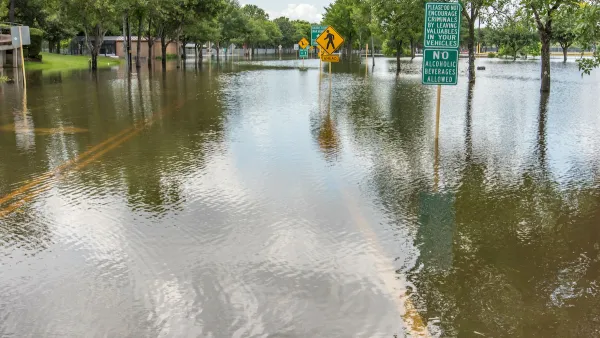The University of Hawaiʻi at Mānoa’s award-winning Waikīkī sea-level rise adaptation project combines science, architecture, and community input to create scalable solutions for climate resilience and coastal flood mitigation.

The University of Hawaiʻi at Mānoa-led Waikīkī sea-level rise adaptation project has earned national recognition, winning a design award from the Society of American Registered Architects (SARA) for its innovative and resilient architectural solutions. Spearheaded by experts from UH’s School of Architecture, Hawaiʻi Sea Grant, and the Climate Resilience Collaborative, the project combines scientific research with community-driven design to address the pressing challenges of rising sea levels, coastal flooding, and groundwater inundation in Waikīkī. This recognition underscores the importance of integrating cutting-edge science into urban planning to create sustainable and adaptable coastal communities.
The team’s research, published in Technology/Architecture + Design, highlights strategies like relocating critical infrastructure, elevating utilities, and implementing stormwater management systems as part of a holistic approach to mitigating flood risks. By engaging local stakeholders and applying scientific data, the project provides scalable solutions that can serve as a model for other vulnerable coastal areas. These efforts reflect a commitment to advancing climate resilience through interdisciplinary collaboration and design innovation, earning the team a nomination for Climate Hawaiʻi’s 2024 Climate Leadership Awards.
UH Mānoa leaders stress the urgency of addressing long-term sea-level rise impacts, as emphasized by the IPCC, which warns of centuries of continued rising seas. Interim Dean Chip Fletcher highlights the potential consequences for Hawaiʻi, including becoming unsafe and unaffordable without effective policies and proactive planning. The project serves as a critical step toward building a resilient future, demonstrating the power of combining architecture, climate science, and local input to ensure that Hawaiʻi’s communities can adapt and thrive amid climate challenges.
FULL STORY: Waikīkī sea-level rise adaptation project earns national recognition

National Parks Layoffs Will Cause Communities to Lose Billions
Thousands of essential park workers were laid off this week, just before the busy spring break season.

Retro-silient?: America’s First “Eco-burb,” The Woodlands Turns 50
A master-planned community north of Houston offers lessons on green infrastructure and resilient design, but falls short of its founder’s lofty affordability and walkability goals.

Delivering for America Plan Will Downgrade Mail Service in at Least 49.5 Percent of Zip Codes
Republican and Democrat lawmakers criticize the plan for its disproportionate negative impact on rural communities.

Test News Post 1
This is a summary

Test News Headline 46
Test for the image on the front page.

Balancing Bombs and Butterflies: How the National Guard Protects a Rare Species
The National Guard at Fort Indiantown Gap uses GIS technology and land management strategies to balance military training with conservation efforts, ensuring the survival of the rare eastern regal fritillary butterfly.
Urban Design for Planners 1: Software Tools
This six-course series explores essential urban design concepts using open source software and equips planners with the tools they need to participate fully in the urban design process.
Planning for Universal Design
Learn the tools for implementing Universal Design in planning regulations.
EMC Planning Group, Inc.
Planetizen
Planetizen
Mpact (formerly Rail~Volution)
Great Falls Development Authority, Inc.
HUDs Office of Policy Development and Research
NYU Wagner Graduate School of Public Service





























